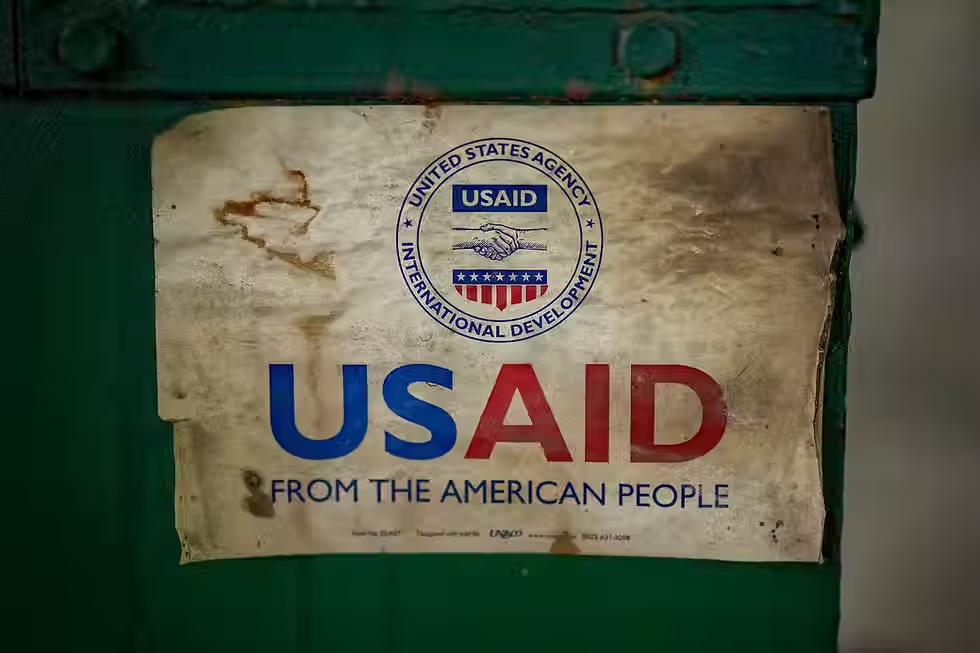Beyond the Burn: Why Nonprofits Can’t Wait for Normal to Return
- José A. Velázquez

- Jul 20
- 3 min read
On July 17, 2025, the Associated Press confirmed that nearly 500 metric tons of emergency food aid—stockpiled by the U.S. government to feed malnourished children—had been destroyed.¹ Not because the need had passed. Not because the food was spoiled. But because the systems responsible for delivering it failed.
This wasn’t an accident. It was the foreseeable result of deliberate disruptions—the dismantling of USAID, the freezing of humanitarian operations, and the erosion of safeguards designed to protect the vulnerable. In the name of “reform,” the safety net was cut.

This moment is more than a tragedy—it is a warning.
The Cost of Systems Failure
When public institutions unravel, it is not abstract. Real people suffer. Children go hungry. Families are displaced. Trust evaporates. And too often, the ones most impacted are those who were already living on the margins—communities without political power, without financial safety nets, without institutional protection.
Those of us who work in or alongside the nonprofit sector must face this reality clearly: the structures we once relied on are not guaranteed. Funding streams can be frozen. Global aid pipelines can be redirected or destroyed. The infrastructure we once assumed would catch those who fall has revealed just how fragile it really is.
Business as Usual is NOT a Strategy
In light of this, one thing must be said plainly: business as usual is not an option.
We cannot afford to long for the “good old days” of stability. We cannot keep designing strategies based on a world that no longer exists. Waiting for normal to return is not a plan—it’s a form of denial.
What this moment demands is courageous adaptation. Innovation. Urgency. A clear-eyed commitment to rethinking how we show up for our communities—and how we build organizations that are equipped not just to survive chaos, but to lead through it.
Nonprofits Must Stand in the Gap and Build What Comes Next
When systems collapse or retreat, nonprofits become the last line of defense. We are often the first to respond and the last to leave. That calling is sacred—and it is also heavy. If we’re going to carry it well, we need to do more than respond. We need to prepare.
That means:
Building adaptive capacity into our strategic plans
Training leaders not just for growth, but for disruption
Forging deep partnerships across sectors and regions
Investing in resilience, not just in programs
At Equip4Impact, we believe that nonprofits must see themselves as essential civic infrastructure—no less vital than schools, roads, or emergency services. Because when the rest of the system falters, our sector holds the line for dignity, justice, and care.
This is Our Moment to Lead
If there is any silver lining to a moment like this, it is this: we see the truth more clearly.
We cannot unsee it, and we must not ignore it. We are still here, and we still have work to do.
Let this be the moment where we stop waiting for things to settle. Let this be the moment where we stop asking if we can afford to rethink how we lead and start realizing we can’t afford not to. Let this be the moment where we choose to adapt, to innovate, and to thrive.
We can’t undo what was burned, but we can decide what we build next. Together, we must build something that lasts.
¹ Associated Press, “US says it destroyed 500 metric tons of expired food aid but it won’t affect future distribution,” July 17, 2025.apnews.com/article/aefb584b52cc43e43e 5552986363c387


Comments